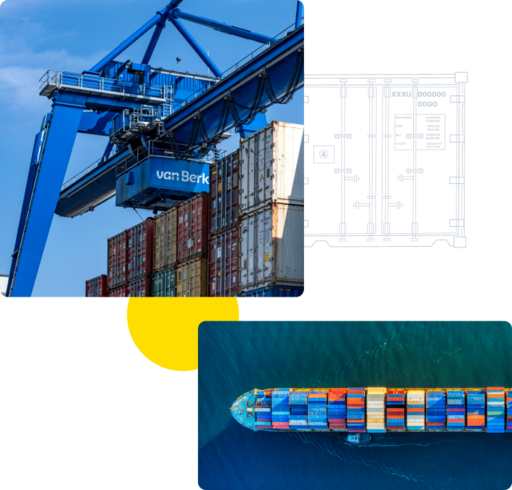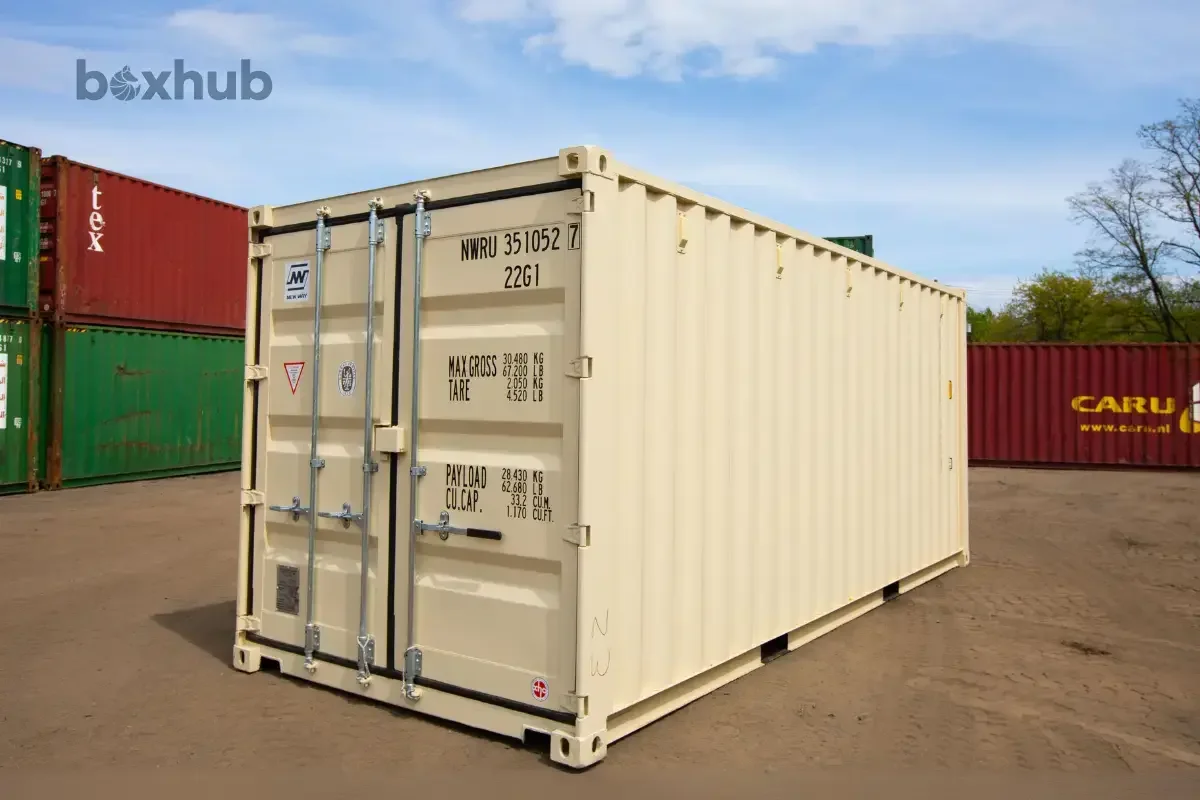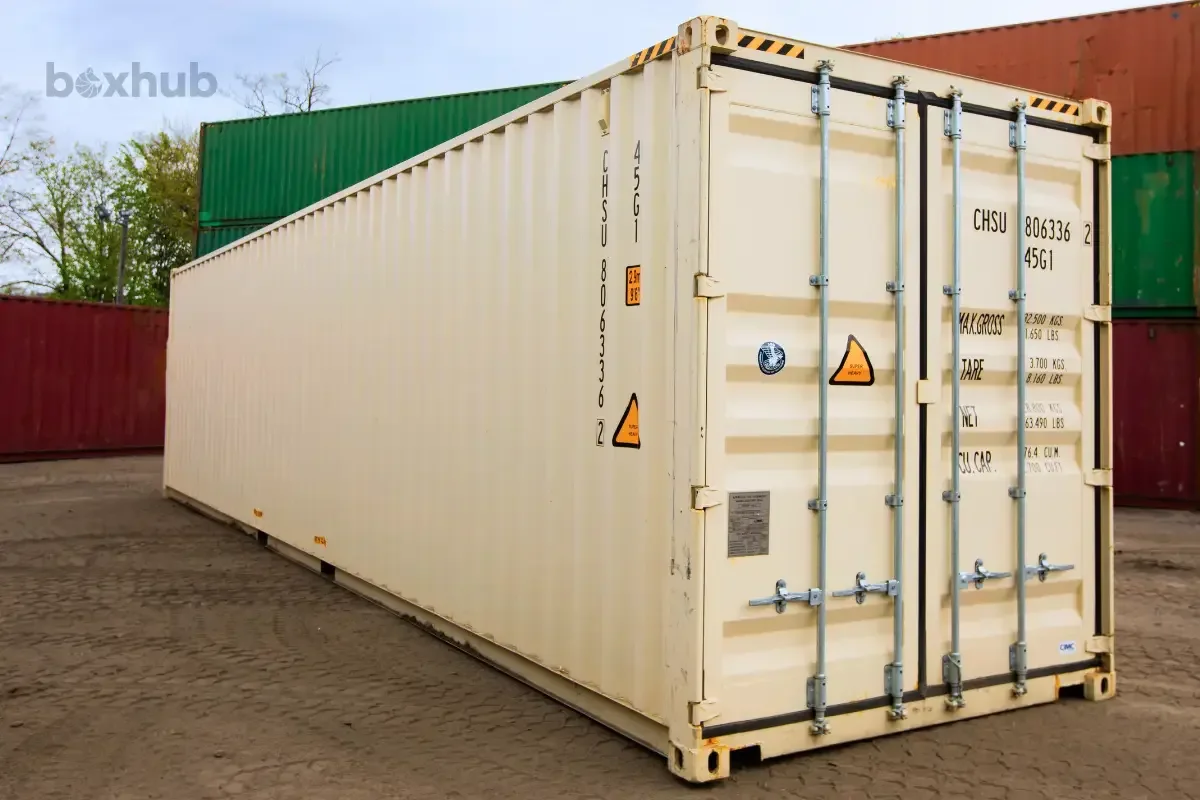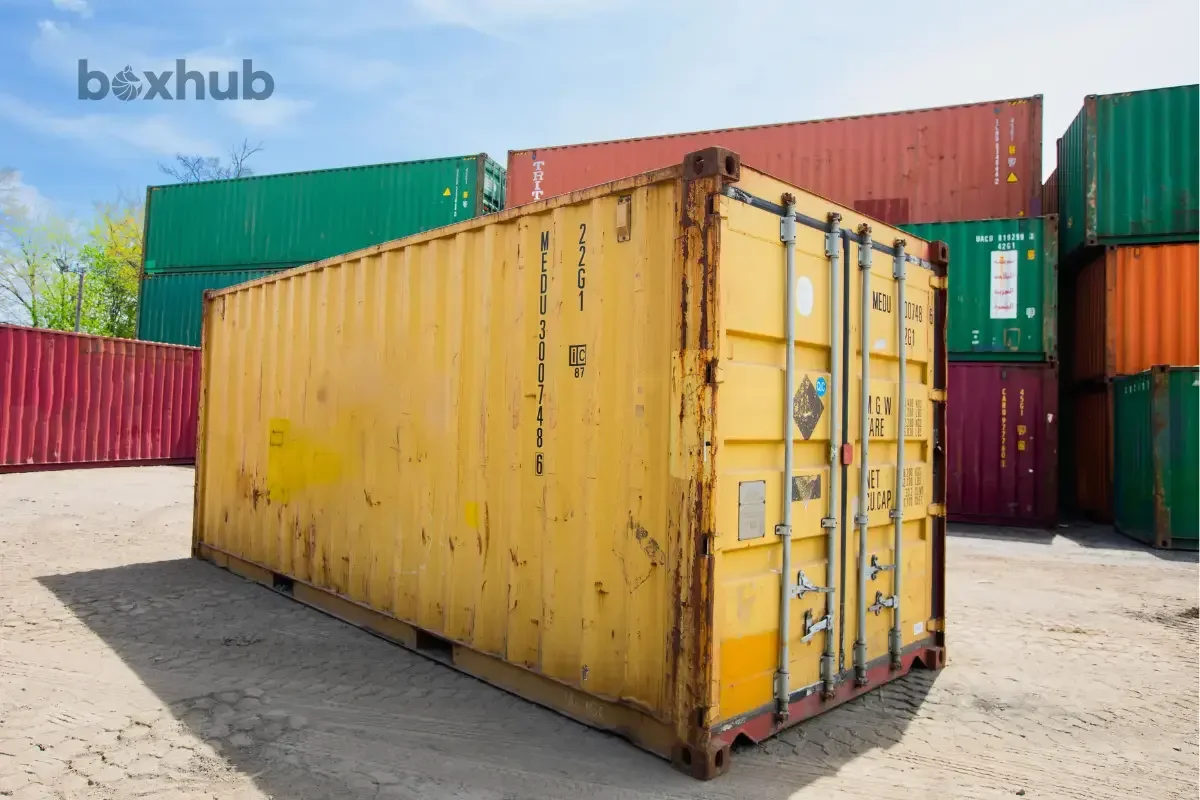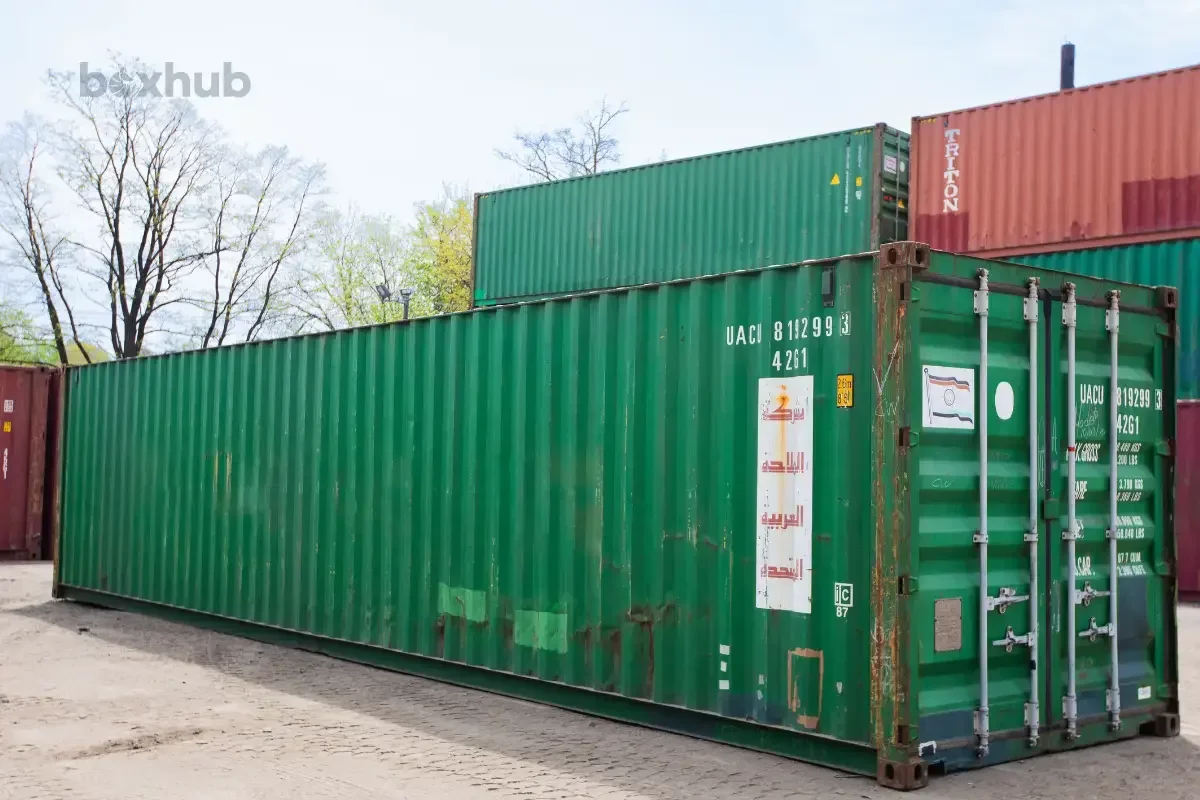Track my order
Trusted by thousands of U.S. businesses
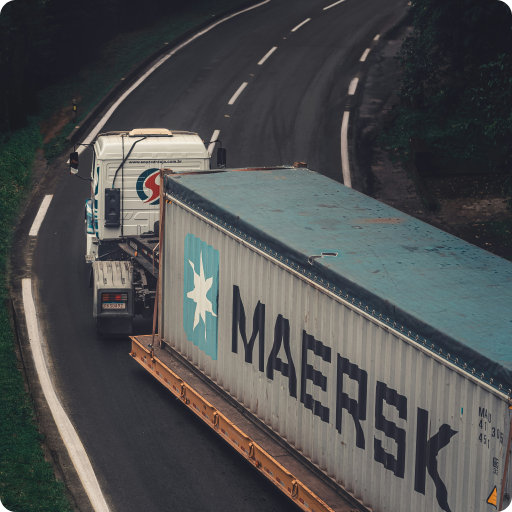
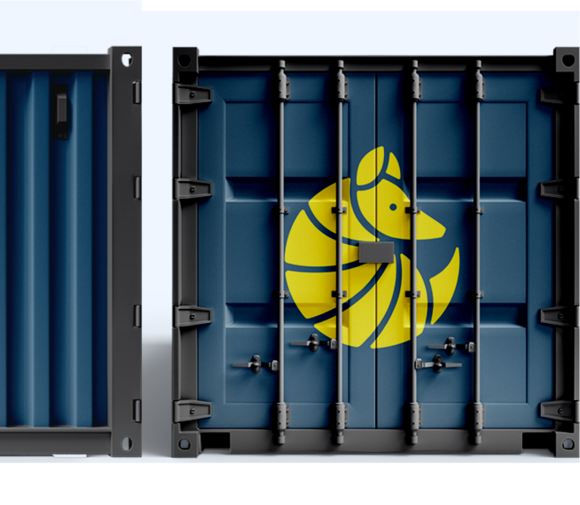

Thousands of happy customers have chosen Boxhub as their container supplier of choice.

















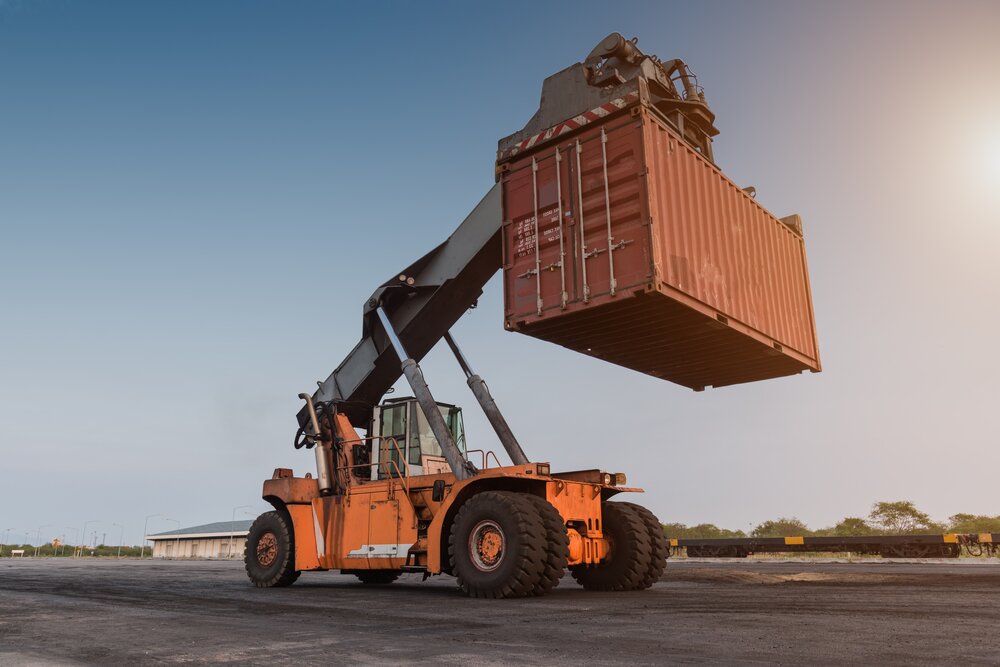

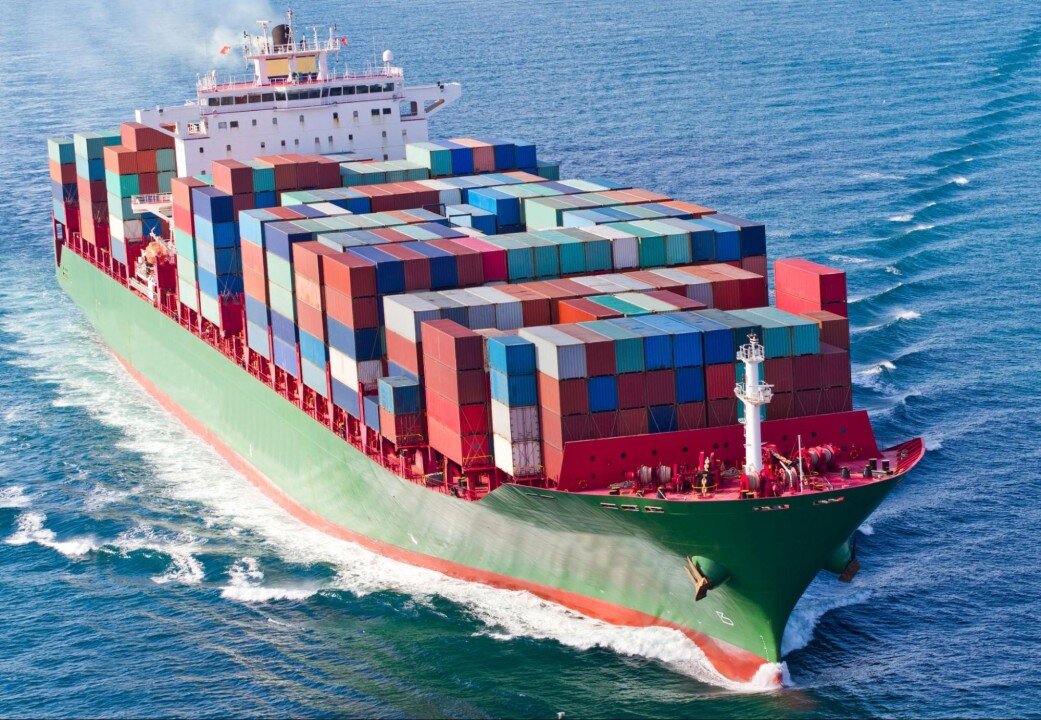

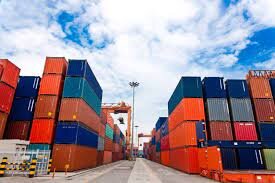

Shipping containers are available in several standardized sizes and conditions, making it easy to choose one that best fits your shipping needs. The most readily available sizes are 20ft shipping containers, which have an internal volume of 1,172ft³, and 40ft shipping containers, which have an internal volume of 2,385ft³.
Choosing the right size and condition for your containers depends on your cargo and budget. Our 20-foot containers are best suited to ship smaller volumes of cargo, while our 40-foot containers can handle more volume but less weight.
For a more detailed breakdown of container sizes and conditions, check out this helpful guide to choosing the right shipping container.
Shipping containers are available in various standardized sizes and conditions, making it easy for you to choose the one that fits your storage needs.
Both new (one-trip) and used (wind and watertight) containers are excellent options for storage. They are made of durable, weather-resistant COR-TEN steel, which means that you can safely and securely store a wide range of goods in them.
The most commonly available sizes are 20ft containers, which offer an internal volume of 1,172 cubic feet, and 40ft containers, which offer an internal volume of 2,385 cubic feet.
For a more detailed breakdown of container sizes and conditions, check out this helpful guide to choosing the right shipping container.
ISO standards most notably apply to the size, height, and type of container.
- Size: The standard ISO container sizes are 20ft, 40ft, 45ft, and 48ft.
- Height: ISO containers are available in two heights: standard (8’6) and high-cube (9’6)
- Type: ISO container types include general-purpose containers, refrigerated containers (also known as “reefers”), open-top containers, platform containers, and tank containers.
Boxhub primarily sells 20ft and 40ft storage containers in standard and high-cube heights. Specialty units such as reefers and open-top containers are available in certain markets.
You can find a detailed table of ISO container size codes here.
You need to make sure that your drop-off site is safe and accessible for the delivery driver. They will need enough space to maneuver the truck and offload your shipping container. They will also need a smooth, solid road — surfaces like sand, mud, snow, and loose dirt won't work for a delivery.
When choosing where you want your shipping container placed, keep in mind that shipping containers used for storage should rest on level, stable surfaces. This prevents the doors from warping and becoming difficult to close.
A cement or asphalt foundation is best, as it will provide a firm, level surface for the container and will stop water from pooling around the bottom. You can also protect your shipping container from groundwater by raising it on level wooden blocks or iron plates.
For more information, check out our guide to preparing for your shipping container delivery.
Standard shipping containers are 8 feet, 6 inches tall. This measurement is true for standard 20-foot and 40-foot containers. High-cube shipping containers are a foot taller than standard shipping containers, measuring 9 feet, 6 inches tall.
Shipping container prices vary based on size, condition, and delivery location. For example, a 20-foot container is typically cheaper than a 40-foot container. A new “one-trip” container — which has only made one trip across the ocean — will be more expensive than a used “wind and watertight” container, which has been retired from shipping after 12-15 years.
To get an estimate of how much your ideal shipping container will cost, request a quote from our team.

Continue Shopping
Loading cart




